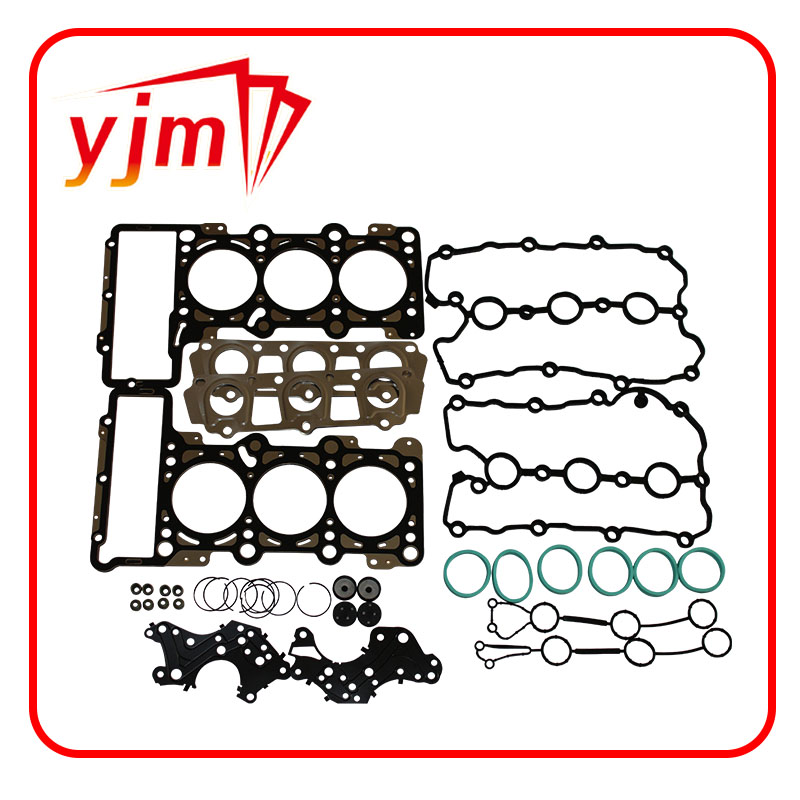Understanding Transaxle Output Shaft Seal Function and Importance in Vehicle Performance
Understanding the Transaxle Output Shaft Seal
The transaxle output shaft seal is a crucial component in many modern vehicles, particularly those with front-wheel drive systems and certain all-wheel drive models. This seal plays a vital role in maintaining the integrity and performance of the transaxle, which is a combination of the transmission and axle in a single assembly. By understanding the importance, function, and maintenance of the transaxle output shaft seal, vehicle owners can ensure better performance and longevity for their automobiles.
Function of the Transaxle Output Shaft Seal
The primary function of the transaxle output shaft seal is to prevent transmission fluid from leaking out of the transaxle housing. It is located at the point where the output shaft, which transfers power from the transaxle to the wheels, exits the transaxle assembly. This seal creates a barrier that keeps the lubrication fluid contained, while still allowing the shaft to rotate freely. By preventing leaks, the output shaft seal helps maintain the necessary fluid levels within the transaxle, ensuring proper lubrication and cooling for the gears and other moving parts.
Importance of Maintaining the Seal
A well-functioning output shaft seal is essential for the overall performance and longevity of the vehicle. If the seal fails or begins to leak, several issues can arise. Low fluid levels can lead to increased friction and heat, causing premature wear on the gears and bearings inside the transaxle. This can result in higher repair costs and, in severe cases, require a complete transaxle replacement. Furthermore, transmission fluid leaks can create hazards on the road, leading to slippery conditions.
transaxle output shaft seal

Regular inspections of the transaxle output shaft seal can help identify wear and tear before it becomes a significant issue. Signs of a failing seal often include fluid spots on the ground where the vehicle is parked, a noticeable decrease in transmission fluid levels, or unusual noises coming from the transaxle area. If any of these symptoms are present, it's crucial to address them promptly to avoid extensive damage.
Replacement of the Output Shaft Seal
Replacing a faulty transaxle output shaft seal typically involves several steps and should be performed by a qualified mechanic to ensure proper installation. The process usually starts with draining the transmission fluid and removing any components that obstruct access to the output shaft. Once the old seal is removed, the new seal must be installed carefully to prevent any leaks.
Using the right tools and employing proper techniques during installation is vital to avoid further complications. After the new seal is in place, the transaxle is reassembled, and fresh transmission fluid is added. It’s essential to check for leaks after the replacement to ensure the integrity of the seal.
Conclusion
The transaxle output shaft seal may be a small component, but its impact on vehicle performance cannot be overstated. Regular maintenance and prompt attention to any signs of failure are key to preventing costly repairs and ensuring the smooth operation of the vehicle. Understanding the role of this essential seal empowers vehicle owners to take better care of their cars, leading to safer and more efficient driving experiences. Properly caring for the transaxle output shaft seal not only enhances the vehicle's performance but also contributes to its overall longevity, making it a vital aspect of automotive maintenance.
-
Understanding the Front Main Engine Seal: Purpose, Maintenance, and Installation
News Jul.29,2025
-
Understanding O-Rings and Seal Rings: Types, Applications, and Custom Solutions
News Jul.29,2025
-
Understanding Crankshaft Oil Seals: Rear Seals, Pulley Seals, and Their Role in Engine Integrity
News Jul.29,2025
-
The Importance of Front and Rear Crankshaft Seals in Engine Performance and Oil Management
News Jul.29,2025
-
Crank Oil Seals: Functions, Types, and Cost Considerations in Engine Maintenance
News Jul.29,2025
-
A Comprehensive Guide to O-Rings and Seals: Types, Materials, and Global Applications
News Jul.29,2025
-
Mastering Diesel and Performance Engine Maintenance: A Guide to Critical Oil Gaskets
News Jul.28,2025
Products categories















